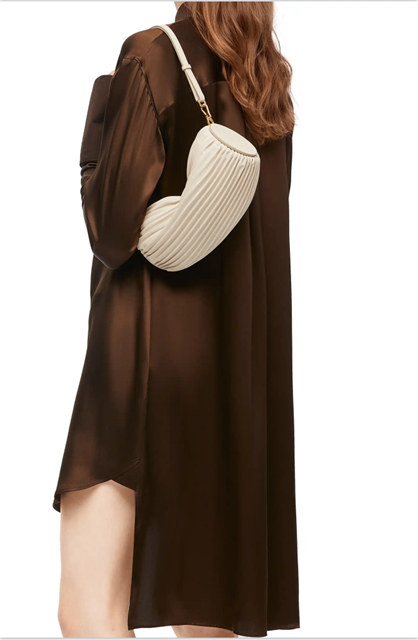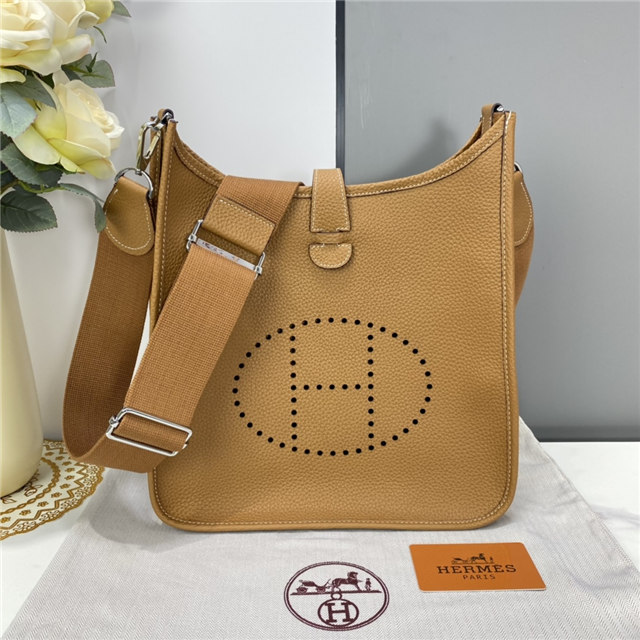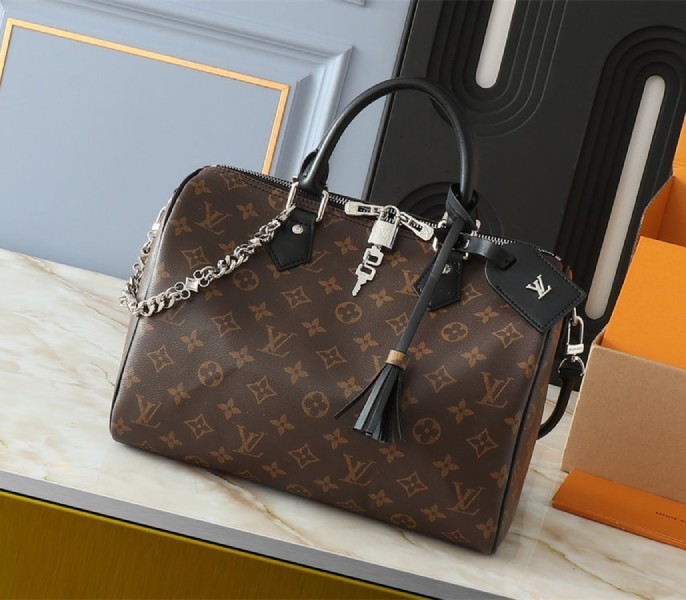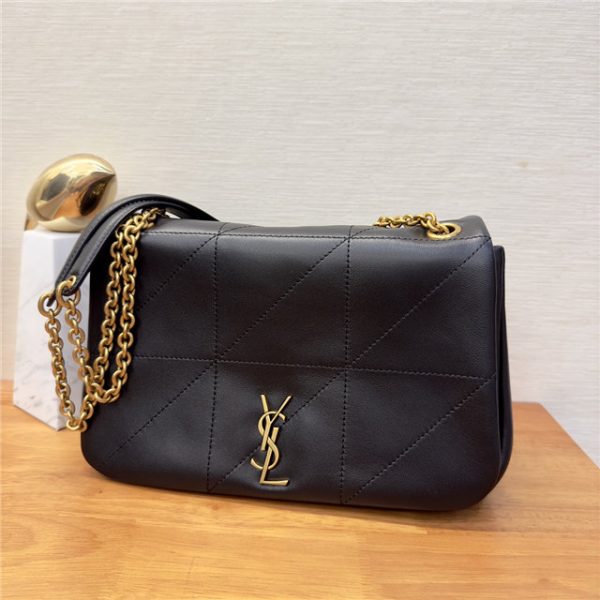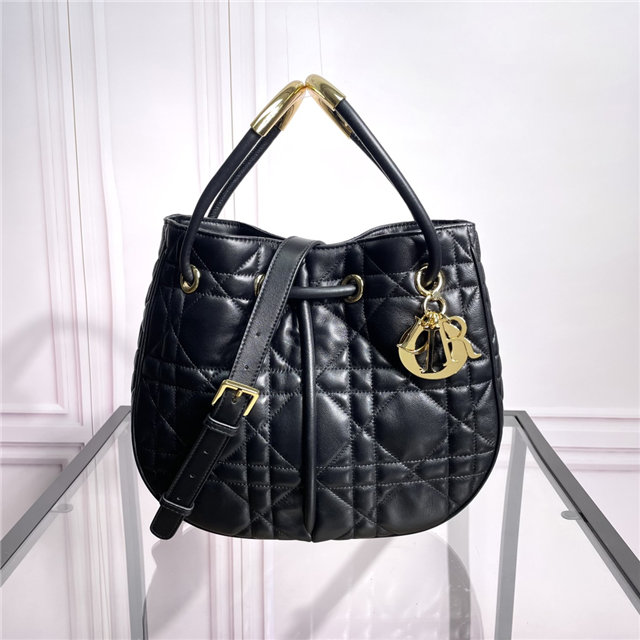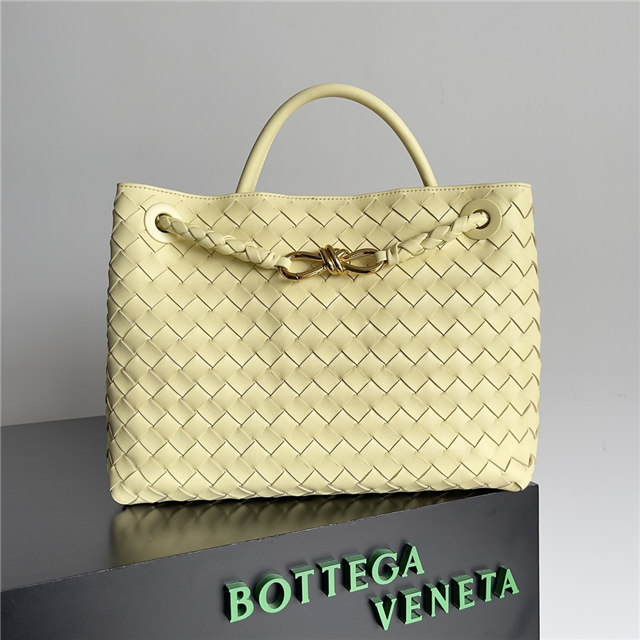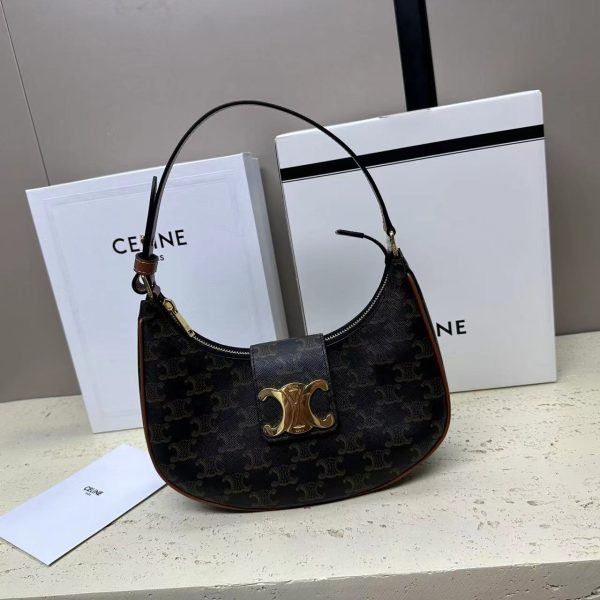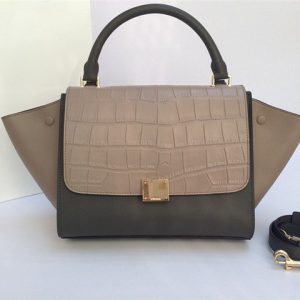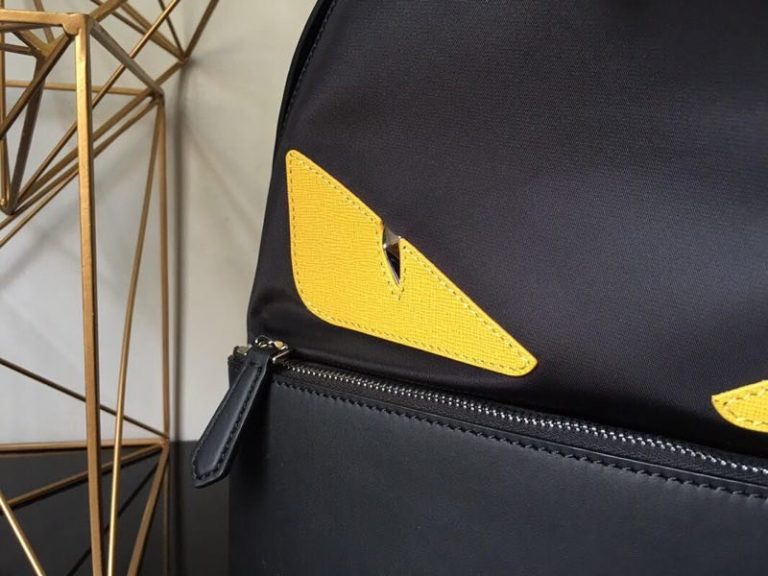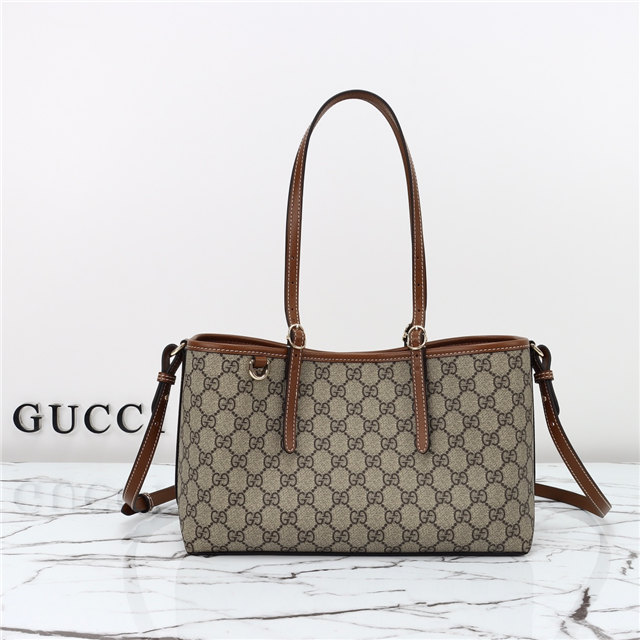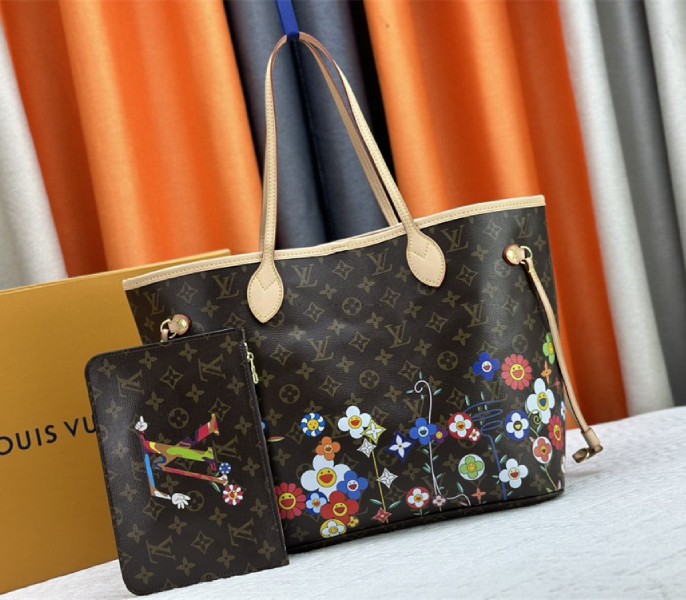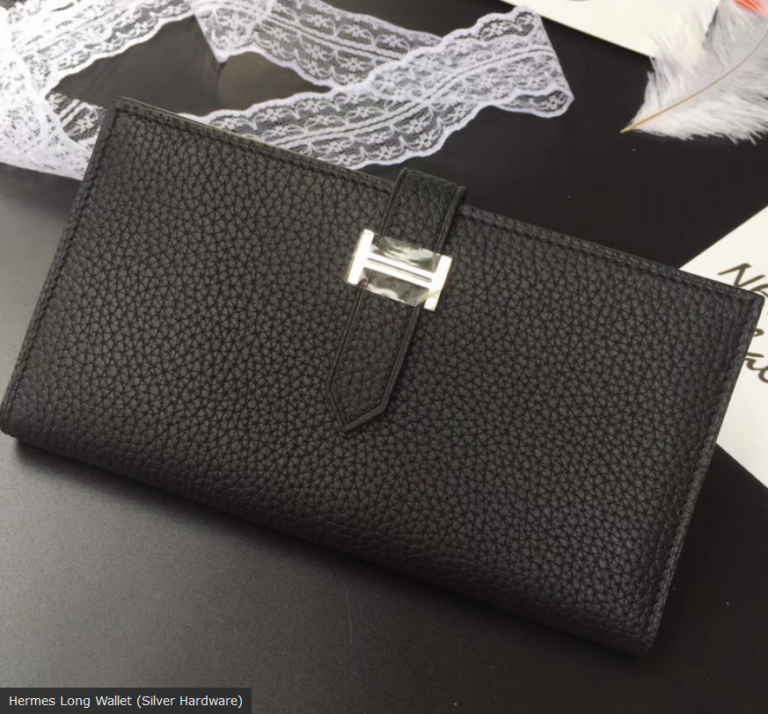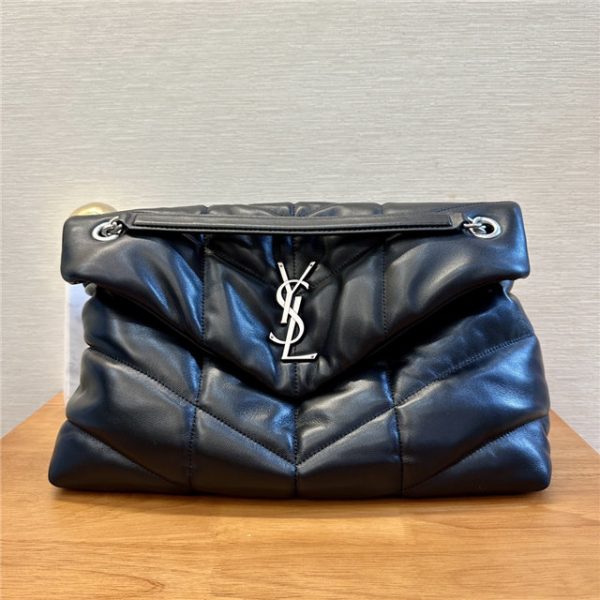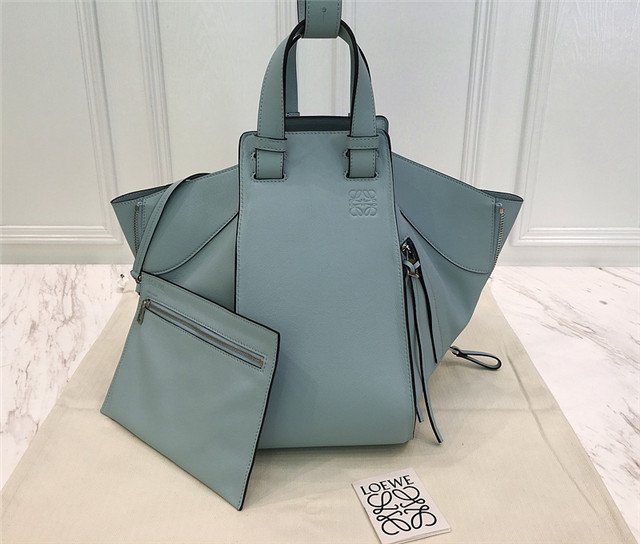So, what’s the deal with these, uh, “inspired” versions? Look, the texts above basically tell you that a real Chanel 19 is a big deal, a fashion *moment*. It’s got that classic Chanel look, the quilted leather, the chain, the CC lock… everything you’d expect. And that Australian price difference? $5,000 cheaper than a Classic Flap? Still a ton of dough, but you can see the appeal, right?
Now, the thing is, finding a *good* “clone” (and I use that term loosely, because let’s be honest, they’re trying to make it look like the real deal) is like finding a needle in a haystack made of… well, bad leather and crooked stitching. Seriously, some of them are just *awful*. You can spot them a mile away – the hardware looks cheap, the quilting is uneven, and the leather feels like plastic. Eek!
But then… then you get the *decent* ones. The ones that, at a glance, might fool someone who isn’t a total Chanel expert. They’ve got the right weight, the leather feels pretty good (though probably not lambskin, let’s be honest), and the stitching is… mostly straight. These are the ones that make you think, “Hmm, maybe…”
And that’s where it gets tricky. Because authenticity is all about the details. It’s about the serial number, the way the leather is treated, the tiny imperfections that actually *prove* it’s handmade. The texts hint at learning how to authenticate them, and believe me, there are whole communities dedicated to sniffing out fakes. It’s serious business!
Frankly, if you’re going to go the “clone” route, do your research. Read reviews, look at photos (lots of them!), and be prepared to be disappointed. Maybe you’re better off finding a pre-loved authentic one that’s seen some action but still has its Chanel mojo. Or, you know, saving up. It’s a tough call.

